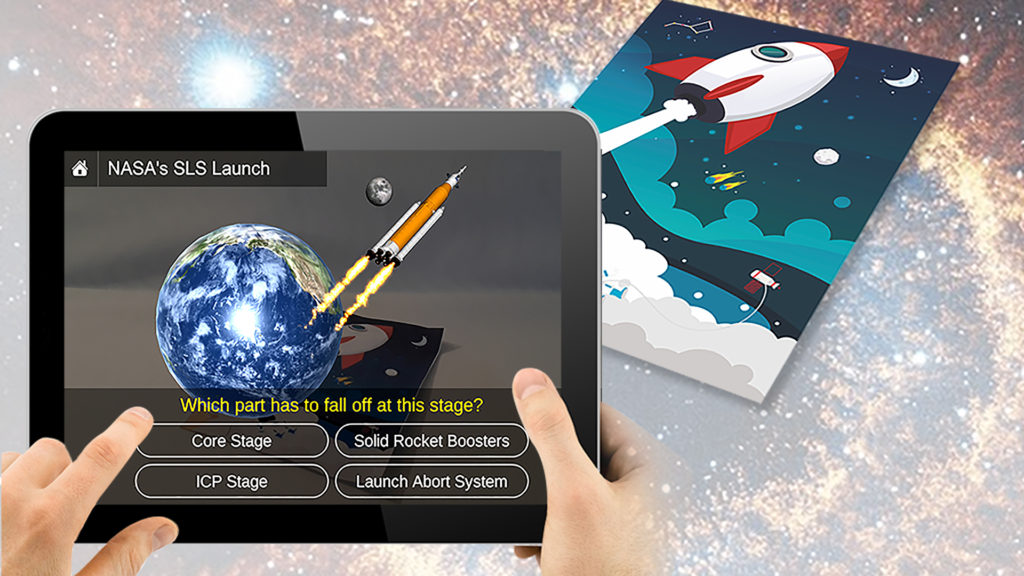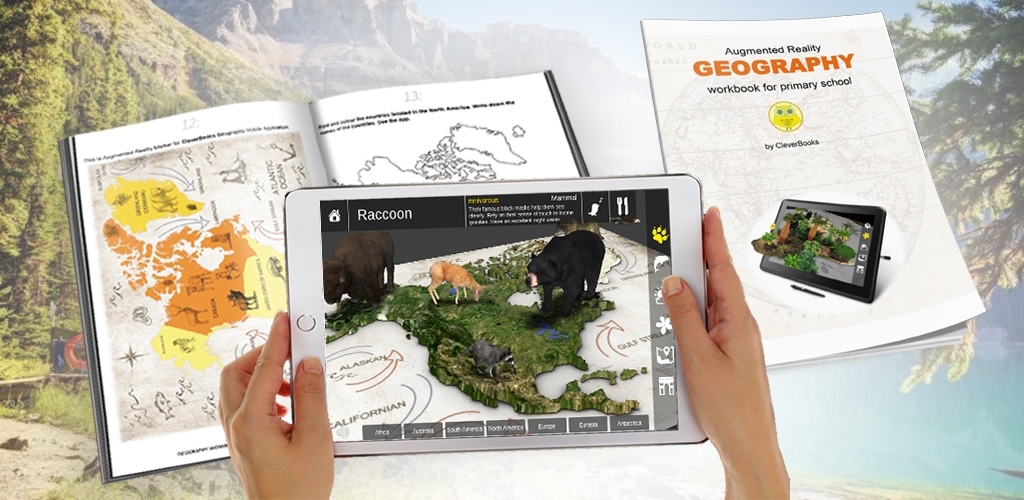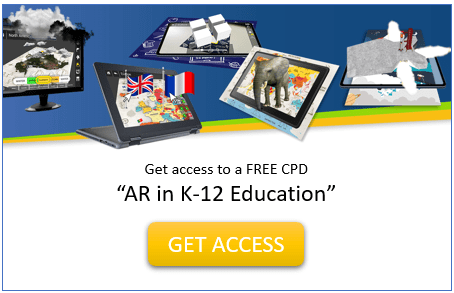
Research
Over 320 interviews with the educators from 61 countries around the world from the private and public school sectors have shown a common enumeration of current problems and challenges that they face related to the adaptation of EdTech:
- Insufficient strategic planning to facilitate efficient technology integration.
- Budget constraints for technology adaptation.
- Time constraints of learning how to use innovative EdTech.
- Slow adaptation of innovative technology-based offerings due to the traditional thinking mentality.
- Lack of tech skilled staff members and information and communications technology (ICT) infrastructure in the K-12 educational organization.
- Lack of existing hardware compatible with innovative offerings.
Schools’ Struggle
Many schools worldwide are now struggling to maintain relevance in their classes due to rapid changes in the job market. The way we teach today is no longer relevant for their tomorrow. In the digital world, educators are under tremendous pressure to equip students with the skills necessary for the unknown future workforce. Technology is the answer to the challenges in today’s education world, but we can’t engage educators in changing outcomes of how children learn unless educators have an understanding of how to use technology strategically, integrating it into the curriculum to do so.
One of the most common concerns that teachers have is a fear that technology will eliminate their jobs, but the reality of today’s world shows the opposite! The teacher’s role now is to facilitate the use of technology in the classroom, making sure students learn to use the technology strategically.
Educators
Global educators have a common belief that the integration of technology in the education process is essential in modern society. Educators must provide students with a learning environment where every child can reach their potential. Furthermore, the integration of technology into the curriculum helps educators improve their teaching practice by transforming their classroom into a more technology-oriented environment to support digitally native students’ learning demands.

Kids
Every child has a right to succeed in their future career, as well as the right to have access to the most innovative 21st century pedagogical practices. Yet, the fact is that the education sector today is the leading cause of failure among many students who do not fit the demands of a modern job market. Education still remains in the analog age. The way we teach children today is not relevant for their tomorrow.
We define student success as the ability of a student to support himself or herself in this society and their professional environment upon graduation. For success, they must flourish in the professional field they chose, and be able to solve problems when they appear, whether in careers, families, or individual lives.
How we see the future?
We envision a world where educators are empowered to help kids to develop necessary skills through the strategic use of technology, breaking old-fashioned pedagogical barriers, building bridges between teaching and tech, focused on increased engagement of students in the classroom with an interactive and immersive learning environment.
The world where education is transformed by using an innovative pedagogical method that helps students excel in learning and sets them on the path to future success must develop. A world in which each educator gives a student a ticket to success by helping them develop 21st-century skills, thus, shaping the society of the future and influencing future economic development. A world where education transforms and directs the life of our kids, turning “children of today” to “society of tomorrow.“
Advantages of EdTech (Education Technology) integration at K-12 schools include:
- makes teaching easy
- helps educators track students’ progress
- helps students develop skills necessary for the 21st-century
- accommodates requirements of distance learning
- provides simultaneous access to students and teachers to the information at any time
- initiates effective collaboration, improved engagement, and knowledge retention
- accommodates student-centered personalized learning
- makes learning exciting.
Conclusion
Senior school management is responsible for shaping a vision of academic success for their students. Thus, they need to allocate resources and budget to build a strong ICT infrastructure to facilitate the adaptation of new immersive EdTech and 21st-century learning.
According to the Center for Curriculum Redesign (CCR), the 21st-century learning combines four dimensions: Knowledge, Skills, Character, and Meta-Learning. The main focus is on the revision of each dimension and the interplay and integration between them, and furthermore, changing the perception of the curriculum delivery pyramid.

